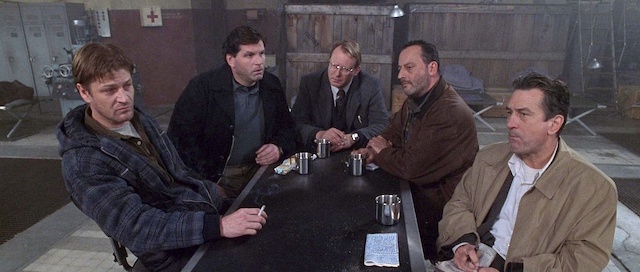The Challenge to Create Your Mystery Suspects

The One Thing Each Suspect Has In Common
Character development for your mystery suspects is the key to creating reader interest. While knowing each suspect’s character traits will help you flesh them out into three-dimensional characters, what makes them relevant to your story is their connection to the victim.
Your mystery novel depends on clues about the murder to confound the detective and your ability to conceal connections until the final reveal. Suspects are the lifeblood of writing a mystery novel that creates a satisfying journey for your reader.
Know Your Victim
That relevance grows from the work you’ve done on the victim: their personality, their world, their quirks and strengths. But hidden in the victim’s background is the thing they did that prompted the villain to take murderous action.
The challenge to creating suspicious suspects pivots on knowing your victim. As a mystery writer, you need to keep certain facts hidden until the end. At the same time, you need to create misleading facts to lead your sleuth in the wrong direction.
Keep in mind your reader wants to guess the villain before your sleuth does. At the same time, your reader will be disappointed if they do.
Your victim is more than a dead body, they created the motivation for the killer to act. Creating a deep and wide background for your victim gives you multiple opportunities to tie those details to suspects.
Without a rich victim background, your writing can suffer from being obvious. Or you’ll miss opportunities to tie the suspect to the victim because you don’t know enough.
How to Tie Your Suspect to the Victim
Each suspect has a unique relationship with the victim. When you bring up relationship aspects that seem to point toward the crime, you create questions in your reader’s mind. The more questions you raise, the more your detective and your reader have to work to reason out what is important and what is not.
Here are some important details to include about a suspect’s relationship to the victim:
- Professional relationship
- Personal relationship
- What the suspect likes about the victim
- What they dislike about the victim
- Pressures that keep them from acting out
- The one thing about their relationship that casts doubt
- What keeps them from acting out (except the villain)
- Their relationship to other suspects
- How they view other suspects
- Misconceptions about the victim
- Misconceptions about other suspect connections to the victim
What made Agatha Christie stand out time after time in her novels was her ability to create distinct suspects with unique ties to the victim.
Deep character development will help you write faster. Because you have a big picture for each suspect, you can use details at will.
Secrets and Lies
Every suspect has secrets. Some of those secrets may relate to the victim and others may not.
Telling lies to hide the secrets makes your suspect suspicious. When the sleuth knows it’s a lie, they have reason to doubt the suspect. When the sleuth doesn’t detect a lie, they go down a wrong path until they realize their search is futile.
The Suspense Secret
The more readers see your characters hiding secrets, the more they engage in solving the mystery. Your sleuth works hard to uncover the secrets suspects hide. Your readers will work just as hard as suspects throw up screens and hide personal secrets.
The secrets your suspects harbor do not need to be related to the murder. A suspect can appear suspicious by hiding a personal secret that doesn’t relate to the victim or the murder. The very act of attempting to hide a secret creates tension in your story. Tension keeps readers turning pages.
One of Your Suspects is the Villain
To write a puzzling mystery, keep your villain at the suspect level for most of your story. So, you will create the same type of background and similar secrets and lies for the villain.
And, to keep the villain hidden until the end, all the other suspects must feel like possible villains until the end. That is why developing three-dimensional suspects who create questions for your reader is important.
The Victim is the Axis
The victim’s murder is the crime your detective must solve. If it were easy, your novel would be boring and short. Raising reader questions is a primary function of the mystery genre.
What you know about the victim and the suspects helps you develop a plot that keeps the sleuth guessing the identity of the villain. When you write intriguing and complex characters, you have a rich array of details to hide and reveal. Along the way, you can create red herrings, leading your sleuth and reader astray.
As long as you have a firm grasp on each suspect’s relationship to the victim, you’ll help your reader plunge into the clues, relate to the suspects, question their actions, and keep guessing until the end.
Get started with your mystery writing at Write A Killer Mystery. You’ll walk through every step of a mystery novel from idea to The End.




